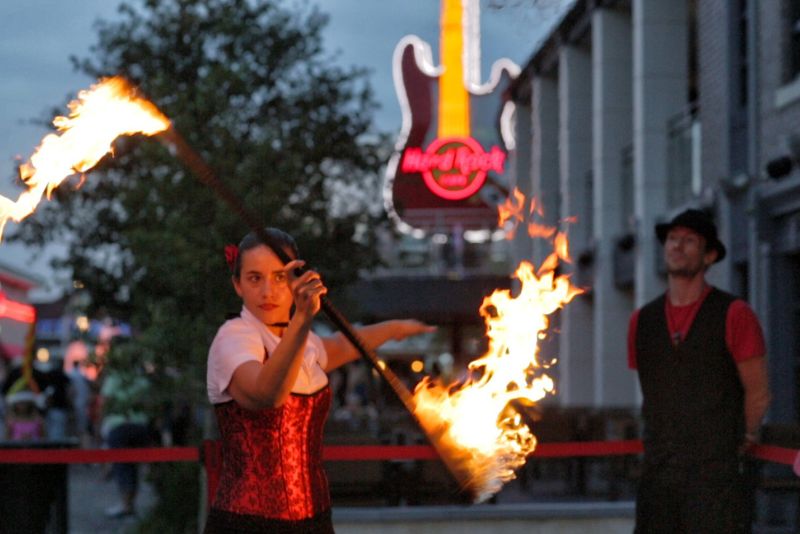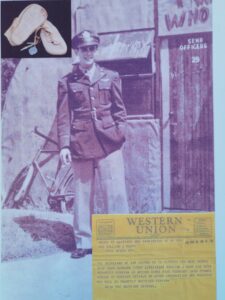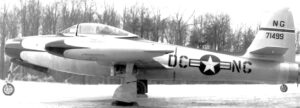The Latter Vietnam War Years
by Melissa LaScaleia
Continued from last month. Click here to read Part 5.
As we continue our exploration of the history of the Myrtle Beach Air Force Base throughout the 20th century, as well as the squadrons that were stationed there and abroad, our journey takes us this month back to Vietnam during the 1970s.
The 354 Tactical Fight Wing flew combat operations in Vietnam until January 1973. They stayed in Laos until February 22, 1973, and Cambodia until August 15, 1973.
The last aggressive shot fired by the United States was from an A-7D aircraft of the 353rd Tactical Fighter Squadron, on August 15, 1973.
The 354th TFW was returned from Thailand to its home base of Myrtle Beach on May 23, 1974.
In May 1975, former Myrtle Beach A-7Ds were used in the SS Mayaguez Operation, the last combat action of the United States in Southeast Asia.
The incident took place between the United States and Kampuchea over the course of three days. The Khmer Rouge was the name attributed to the followers of the Kampuchea communist party, the regime which ruled Cambodia from 1975-1979.
The incident began when the Khmer Rouge seized an American merchant vessel, the SS Mayaguez, when it was sailing in contested maritime waters.
United States marines mobilized and retaliated quickly— recapturing the ship, and pursuing the hostages to the island of Koh Tang. The skirmish lasted only a few days, and the hostages were released unharmed, but several Americans were captured and executed. This was the official last battle of the Vietnam War.
But even with the conclusion of American involvement in the most contentious war of that century, the 354th continued to see action.
On February 1, 1974, the squadron was sent from Myrtle Beach to Howard Air Force Base in the Panama Canal for operation “Coronet Cove” to act as close air support for U.S. Army personnel training in that area.
In April of that same year, A-7D aircraft from Myrtle Beach were sent to Hawaii for training exercises with army and marine units. Training like this with A-7D aircraft continued to occur until 1978, when the Air Force phased that aircraft out. The aircraft were retired to the service of the Air National Guard until the late 1980s.
The A-7D was replaced by A-10A aircraft in 1977. The 354th at Myrtle Beach was the first wing in the Air Force fully trained, equipped, and ready to operate the new craft. They were fully implemented by the summer of 1978.
Operating the new A-10s, and with their involvement in Asia over, the 354th reinstated their NATO commitments, and served terms around Europe in support of the training exercises, COMET, CORONET, and CRESTED CAP. The trainings were meant to familiarize troops with the European theater of operations as well as test the mettle of the troops’ long-term deployment capabilities.
In 1975, the City of Myrtle Beach and the military agreed to implement joint civilian and military activities at the Myrtle Beach Air Force Base.
Construction for what eventually became the Myrtle Beach International Airport commenced on the Northeast side of the base’s runway. And by 1977, the Myrtle Beach International Airport officially became a part of the city.
To be continued. Click here to read Part 7.




















